PARTNERSHIPS
We believe in impact-driven giving. We work with international, national, and local partners to enable the UN Sustainable Development Goals.
Our guiding lights
ALLY Energy has adopted the United Nations Sustainable Development Goals to guide our programming and mission-driven giving to organizations we believe are enabling a more sustainable equitable future. Specifically, we've adopted goals 5, 7, 8, 9, 10, 11, 13, and 17.
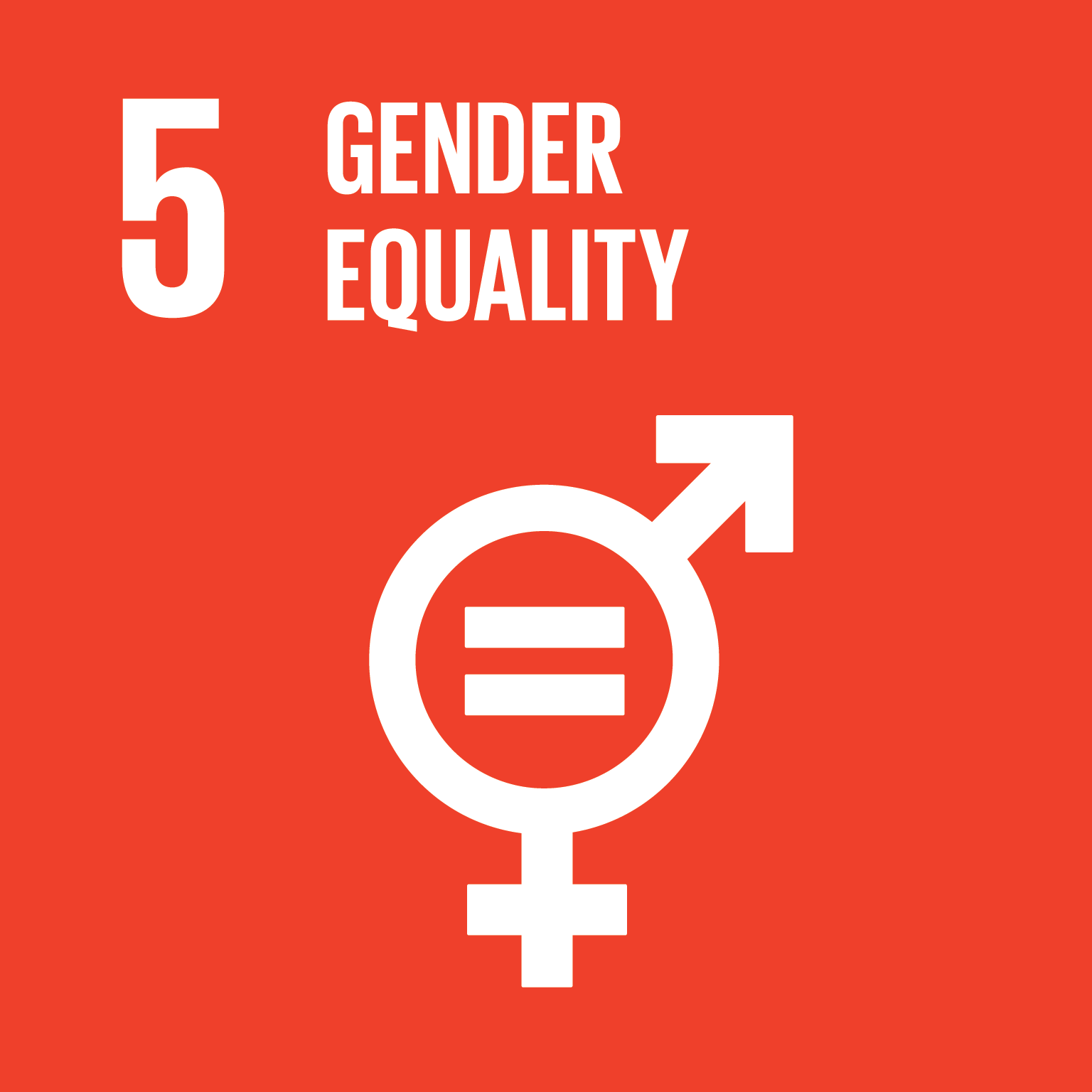
Gender equality is not only a fundamental human right but a necessary foundation for a peaceful, prosperous, and sustainable world.
Partners
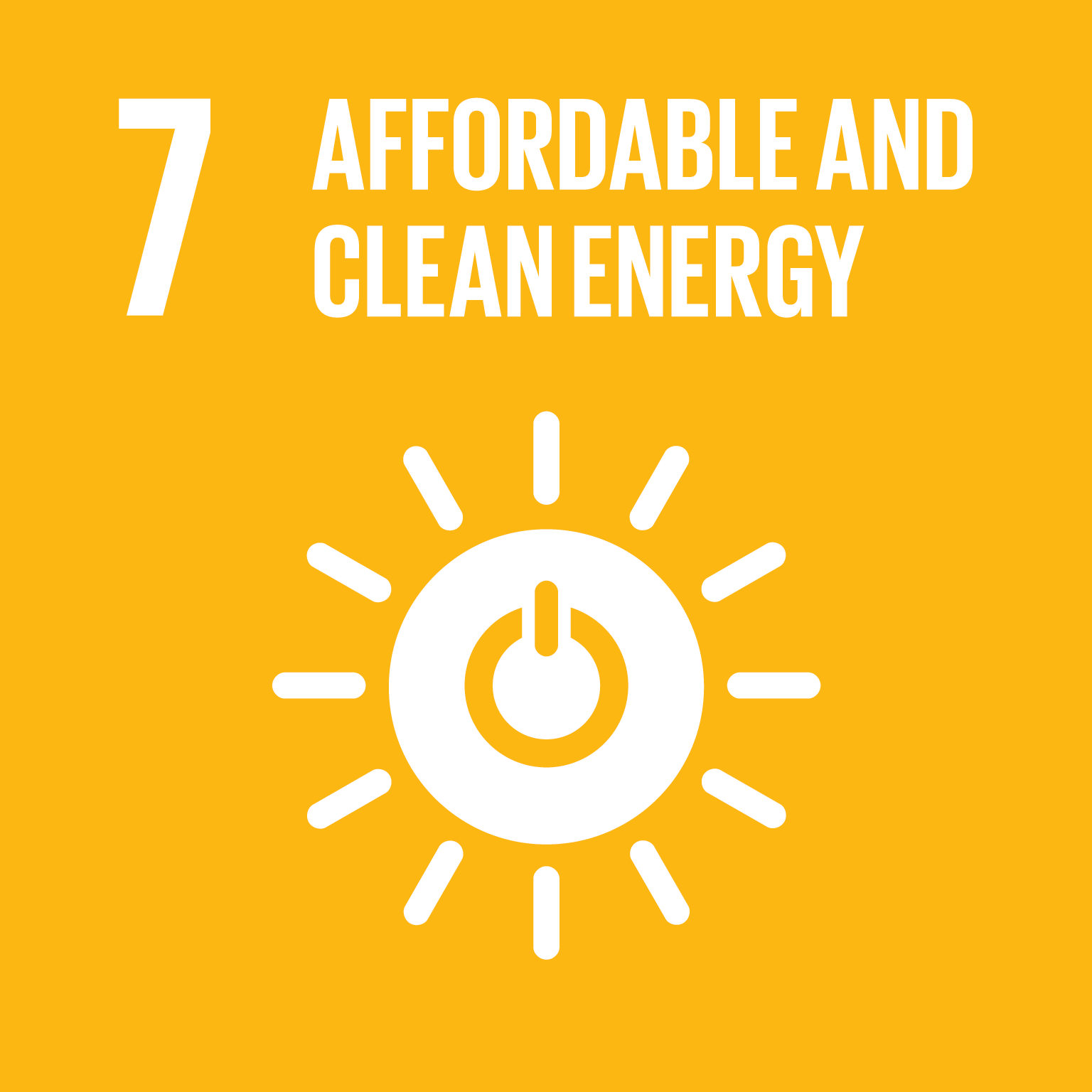
Energy is central to nearly every major challenge and opportunity. Assuring a just energy transition is paramount to NetZero.
Partners
Sustainable economic growth will require societies to create conditions that create quality jobs, eradicate human trafficking and promote safety.
Partners
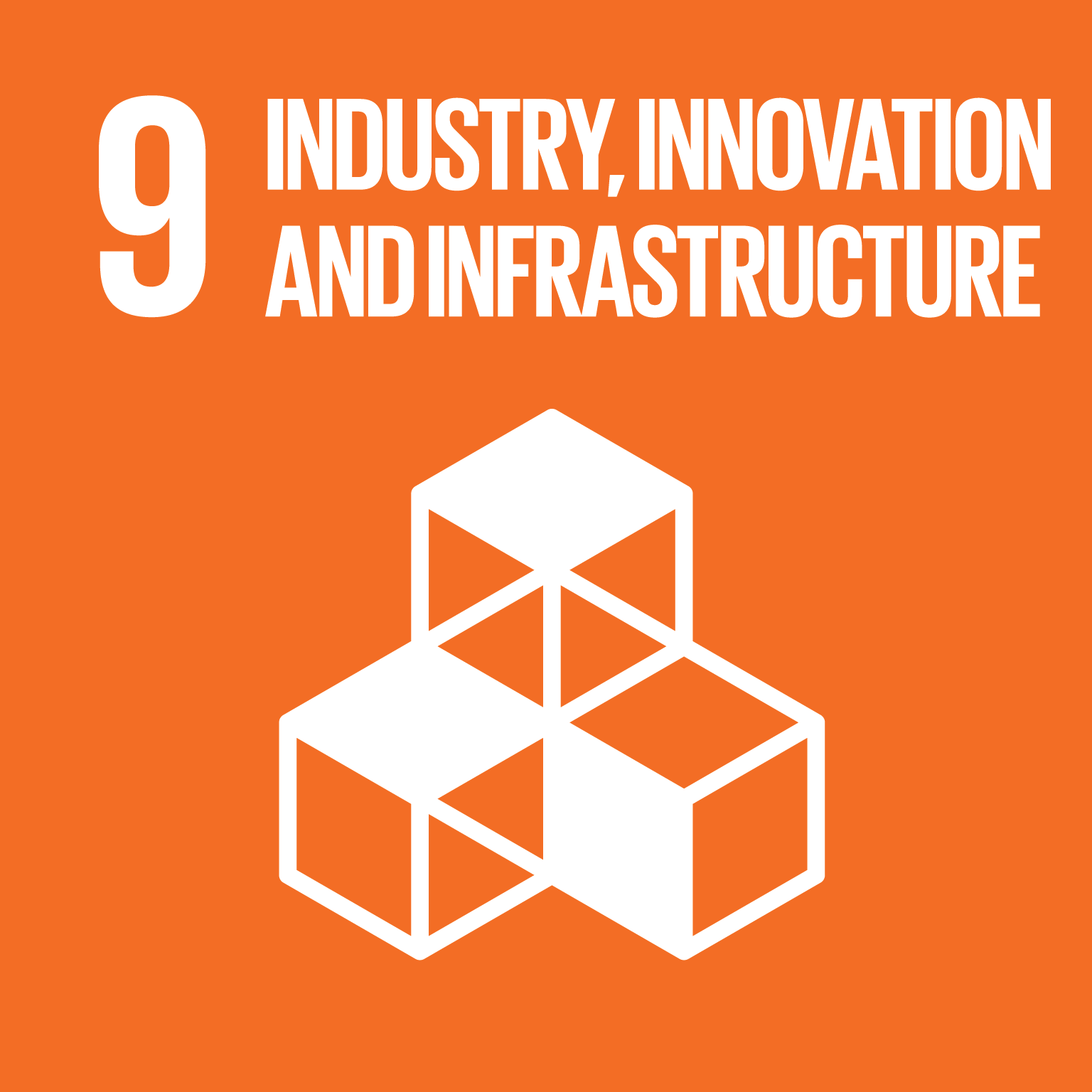
Inclusive and sustainable industrialization, innovation, and infrastructure can unleash dynamic economic forces that enable resilience and growth.
Partners
Empower and promote the social, economic, and political inclusion of all, irrespective of age, sex, disability, race, ethnicity, origin, religion, or economic or status.
Partners
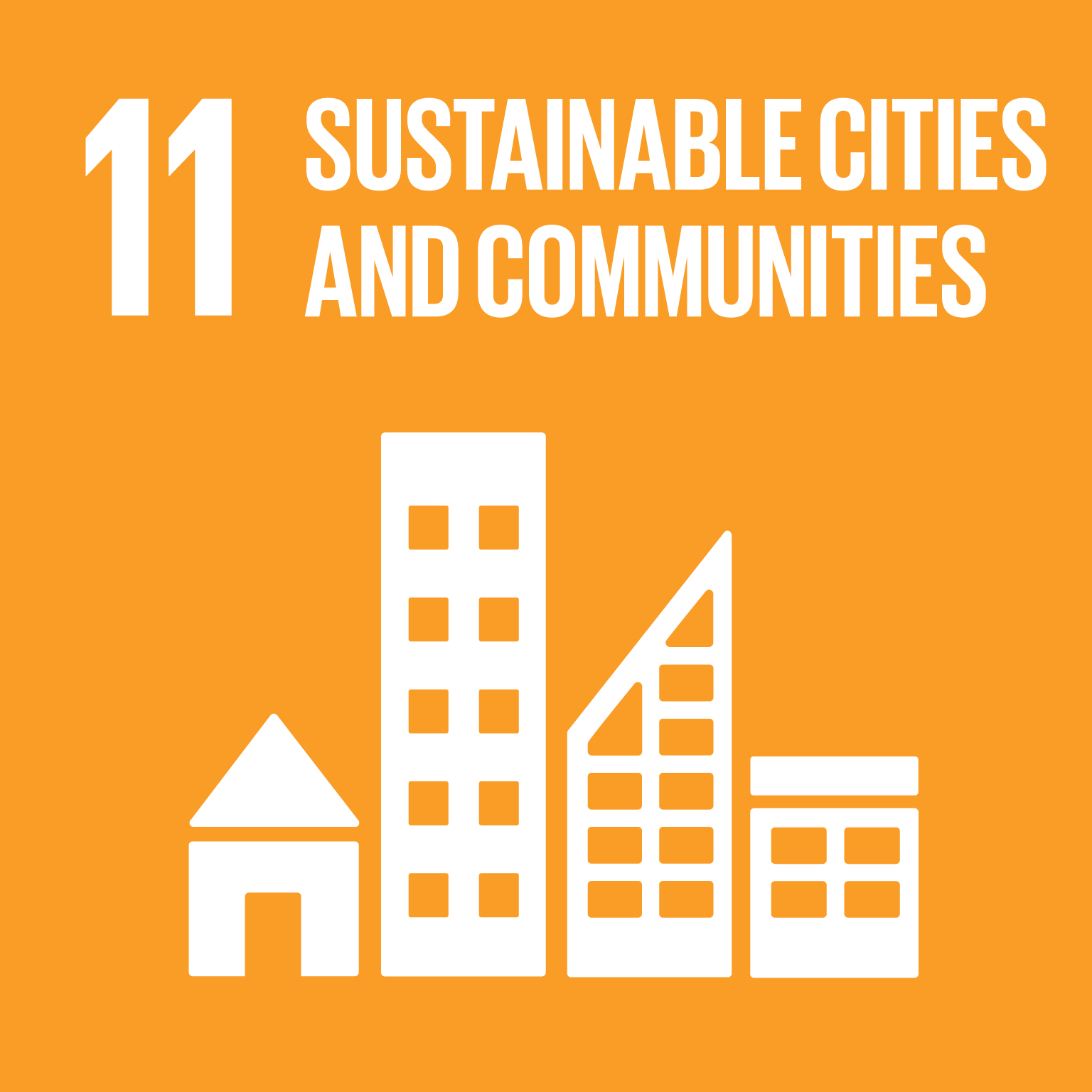
Implementing city and community-integrated policies and plans towards inclusion, resource efficiency, mitigation, and adaptation to climate change and resilience.
Partners
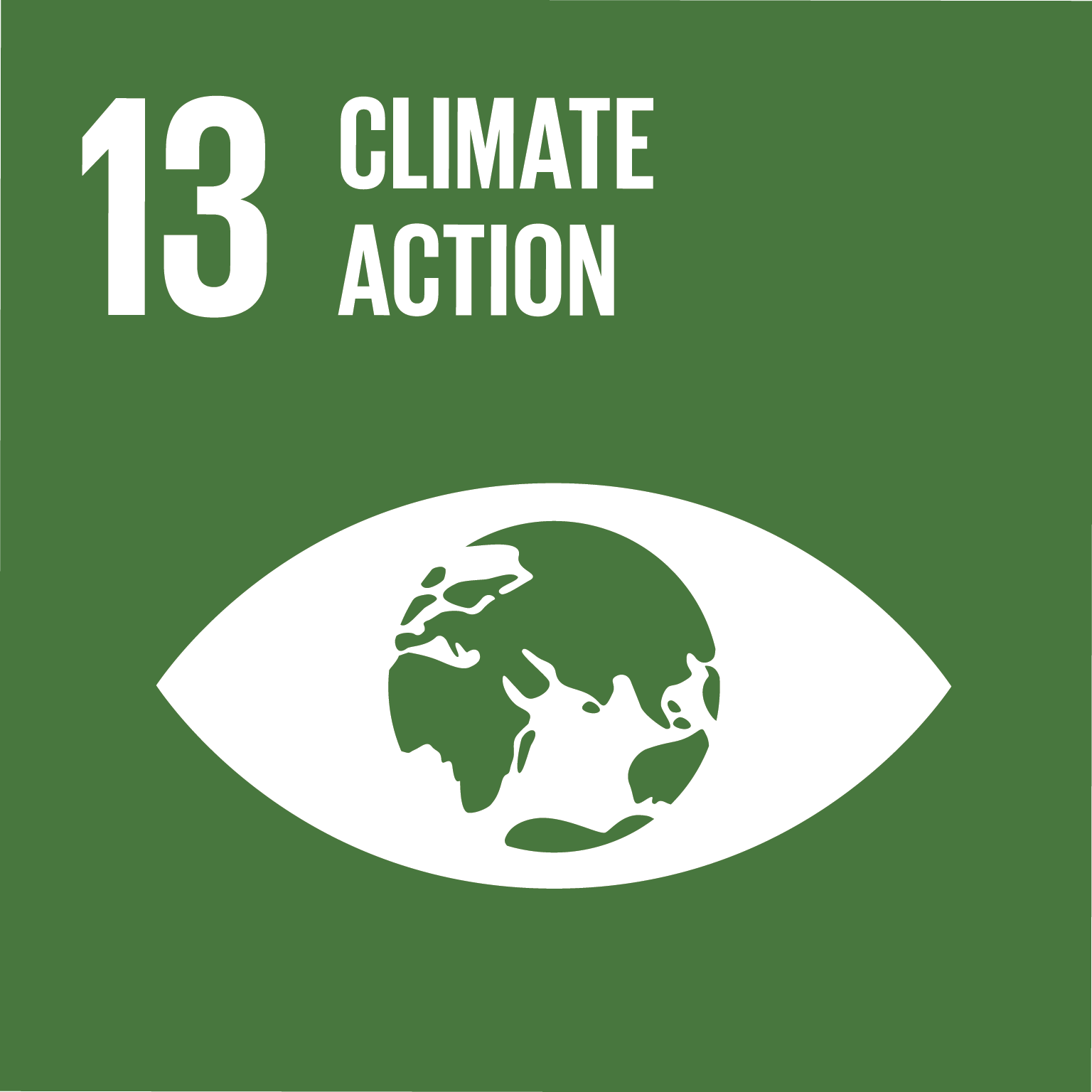
Strengthen resilience and adaptive capacity to climate-related hazards and natural disasters in all countries. We believe all of the governments and social impact organizations we work with and financially support directly enable the support of SDG 13: Climate Action.
Partners
The SDGs can only be realized with strong global partnerships and cooperation. A successful development agenda requires inclusive partnerships — at the global, regional, national and local levels — built upon principles and values, and upon a shared vision and shared goals placing people and the planet at the center.
The goals
The data points shared are from the 2022 United National Sustainable Development Report.
-
- Globally, 26 per cent of ever-partnered women aged 15 and older (641 million) have been subjected to physical and/or sexual violence by a husband or intimate partner at least once in their lifetime.
- In a 2021 survey in 13 countries, 45 per cent of women reported that they or a woman they know has experienced some form of violence since COVID-19.
- In 2021, nearly one in five young women were married before the age of 18.
- 35 per cent and 28 per cent of young women were married in childhood, respectively in sub-Saharan Africa and Southern Asia,
- The global prevalence of child marriage has declined by about 10 per cent in the past five years.
- Up to 10 million more girls are likely to become child brides by 2030 due to the effects of the COVID-19 pandemic, in addition to the 100 million girls projected to be at risk before the pandemic.
- At least 200 million girls and women today have been subjected to female genital mutilation, mainly in 31 countries.
- As of 1 January 2022, the global share of women in lower and single houses of national parliaments reached 26.2 per cent, up from 22.4 per cent in 2015.
- At this pace, it would take another 40 years for women and men to be represented equally in national parliaments.
- Women’s share is slightly over one third in local governments.
- In 2019, before the pandemic, women accounted for 39.4 per cent of total employment. In 2020, women represented nearly 45 per cent of global employment losses.
- The share of women in managerial positions worldwide increased from 27.2 to 28.3 per cent from 2015 to 2019, but remained unchanged from 2019 to 2020, the first year without an increase since 2013.
- Between 2007 and 2021, 57 per cent of women aged 15 to 49 who are married or in a union made their own informed decisions regarding sexual relations, contraceptive use and reproductive health care.
- In the first year of the pandemic, an estimated 1.4 million additional unintended pregnancies occurred in lower- and middle-income countries.
- Only 15 out of 52 reporting countries included sufficient provisions in their legal frameworks to protect women’s rights to land.
- Between 2018 and 2021, only 26 per cent of countries have comprehensive systems in place to track public allocations for gender equality, 59 per cent have some features of such a system, and 15 per cent do not have the minimum elements of such a system.
-
- The global electricity access rate increased from 83 per cent in 2010 to 91 per cent in 2020. Over this period, the number of people without electricity shrank from 1.2 billion to 733 million.
- From 2018 to 2020, the electricity access rate rose by an average of 0.5 percentage points annually, compared to 0.8 percentage points between 2010 and 2018.
- At the current pace, only 92 per cent of the world’s population would have access to electricity in 2030, leaving 670 million people unserved.
- Due to economic pressures imposed by the COVID-19 pandemic, up to 90 million people connected to electricity in Africa and developing countries in Asia could not afford to have an extended bundle of services in 2020.
- Between 2010 and 2020, the proportion of people with access to clean cooking fuels and technologies increased from 57 per cent to 69 per cent.
- 4 billion people still relied on inefficient and polluting cooking systems in 2020.
- The share of renewables in total final energy consumption reached 17.7 per cent in 2019, 1.6 percentage points higher than in 2010.
- Global primary energy intensity (energy efficiency) improved from 5.6 megajoules per US dollar in 2010 to 4.7 in 2019, with an average annual improvement rate of 1.9 per cent.
- To meet energy efficiency target, the annual rate of improvement until 2030 will need to average 3.2 per cent a year.
- International public financial flows to developing countries in support of clean energy amounted to $10.9 billion in 2019, down by nearly 24 per cent from the previous year.
- The five-year moving average also decreased for the first time since 2008, from $17.5 billion for 2014–2018 to $16.6 billion for 2015–2019.
- Loans accounted for over 52 per cent of commitments in 2019. Grants comprised almost 17 per cent. Shares in collective investment vehicles grew to $191 million in 2019, up by 91 per cent from 2018.
-
- Take immediate and effective measures to eradicate forced labour, end modern slavery and human trafficking and secure the prohibition and elimination of the worst forms of child labour, including recruitment and use of child soldiers, and by 2025 end child labour in all its forms.
- The global unemployment rate in 2017 was 5.6per cent, down from 6.4per cent in 2000.
- Globally, 61per cent of all workers were engaged in informal employment in 2016. Excluding the agricultural sector, 51per cent of all workers fell into this employment category.
- Men earn 12.5per cent more than women in 40 out of 45 countries with data.
- The global gender pay gap stands at 23 per cent globally and without decisive action, it will take another 68 years to achieve equal pay. Women’s labour force participation rate is 63 per cent while that of men is 94 per cent.
- Despite their increasing presence in public life, women continue to do 2.6 times the unpaid care and domestic work that men do.
-
- In 2018, 96 per cent of the world’s population lived within reach of a mobile-cellular signal, and 90 per cent of people could access the Internet through a third generation (3G) or higher-quality network.
- 16 per cent of the global population does not have access to mobile broadband networks.
- The global share of manufacturing value added in GDP increased from 15.2per cent in 2005 to 16.3per cent in 2017, driven by the fast growth of manufacturing in Asia.
- Least developed countries have immense potential for industrialization in food and beverages (agro-industry), and textiles and garments, with good prospects for sustained employment generation and higher productivity
- In 2019, the amount of new renewable power capacity added (excluding large hydro) was the highest ever, at 184 gigawatts, 20GW more than in 2018. This included 118GW of new solar systems, and 61GW of wind turbines.
- Capacity investment in solar slipped 3per cent to $131.1 billion in 2019, while that in wind climbed 6per cent to $138.2 billion – the first time that wind has outweighed solar in terms of dollars committed since 2010.
- Developing countries continued to outpace developed economies in renewables investment. In 2019, they committed $152.2 billion, compared to $130 billion for developed countries.
-
- The effects of the pandemic have intensified social exclusion. Among the 18 countries which have data for 2020, two thirds saw rates of relative low income increase in 2020.
- Projections suggest that between-country inequality rose by 1.2 per cent between 2017 and 2021, the first such increase in a generation. Before the pandemic, inequality was expected to have fallen by 2.6 per cent over the same period.
- Income inequality within countries will also have increased around 1 per cent, on average, in emerging market and developing countries, halting the steady decline seen in these countries since the start of the millennium.
- Roughly one in five people have experienced discrimination on at least one of the grounds prohibited under international human rights law, such as ethnicity, age, sex, disability, religion and sexual orientation.
- In some countries, women are more than twice as likely as men to experience discrimination on the grounds of sex. One third of persons with disabilities experience discrimination.
- A decline in the labour share of income from 2014 to 2019 ‐ from 54.1 per cent to 52.6 per cent ‐ represents upward pressure on inequality.
- By mid-2021, the number of people forced to flee their countries had grown to a record high 24.5 million. For every 100,000 people worldwide, 311 are refugees outside their country of origin, up 44 per cent from 216 per 100,000 people in 2015.
- Countries in Northern Africa and Western Asia were the largest regional source of refugees (8.4 million), followed by countries in sub-Saharan Africa (6.7 million), and Latin America and the Caribbean (4.5 million).
- As of 23 May 2022, more than 6 million people in Ukraine had moved to other countries to escape the conflict, with at least 8 million people displaced inside the country.
- In 2021, 5,895 people died fleeing their countries, surpassing pre-pandemic figures and making 2021 the deadliest year on record for migrants since 2017.
-
- Half of humanity – 3.5 billion people – lives in cities today and 5 billion people are projected to live in cities by 2030.
- 95 per cent of urban expansion in the next decades will take place in the developing world
- 828 million people live in slums today and most of them are found in Eastern and South-Eastern Asia.
- The world’s cities occupy just 3 percent of the Earth’s land but account for 60-80 percent of energy consumption and 75 percent of carbon emissions.
- Rapid urbanization is exerting pressure on freshwater supplies, sewage, the living environment, and public health.
- Cities account for between 60 and 80 percent of energy consumption and generate as much as 70per cent of human-induced greenhouse gas emissions
- 90 percent of urban growth is forecasted to happen in Asia and Africa in the next 30 years.
- By 2050 70 percent of the world's population is predicted to live in urban settlements.
-
- In 2021, the global mean temperature was about 1.1°C above the pre-industrial level (from 1850 to 1900). The years from 2015 to 2021 were the seven warmest on record.
- The global annual mean temperature is projected to rise beyond 1.5°C above pre-industrial levels in at least one of the next five years.
- Global carbon dioxide (CO2) emissions declined by 5.2 per cent in 2020 due to lowered energy demand caused by COVID-19-induced social and economic disruptions. But with the phasing out of COVID-related restrictions, energy-related CO2 emissions for 2021 rose by 6 per cent, reaching their highest level ever.
- Climate finance provided and mobilized by developed countries totalled $79.6 billion in 2019, up from $78.3 billion in 2018. It is estimated that $1.6 trillion to $3.8 trillion will be needed each year through 2050 for the world to transition to a low-carbon future and avoid warming exceeding 1.5 °
- About one third of global land areas will suffer at least moderate drought by 2100.
- The sea level could rise 30 to 60 centimetres by 2100, even if greenhouse gas emissions are sharply reduced and global warming is limited to well below 2°C.
- About 70 to 90 per cent of warm-water coral reefs will disappear even if the 1.5°C threshold is reached; they would die off completely at the 2°C level.
- 3 billion to 3.6 billion people live in contexts that are highly vulnerable to climate change.
- By 2030, an estimated 700 million people will be at risk of displacement by drought alone.
-
- Net Official Development Assistance flows by member countries of the Development Assistance Committee (DAC) of the Organization for Economic Cooperation and Development totaled $147.4 billion in 2019.
- 79 percent of imports from developing countries enter developed countries duty-free
- The debt burden on developing countries remains stable at about 3 percent of export revenue
- Trade, foreign direct investment, and remittances are all projected to decline by up to 40 percent in 2020.
- Almost half of the world’s population is not connected to the internet, particularly in poor countries.
Putting the goals to work
We've embedded the goals across all of our offerings: our careers platform, the ALLY Energy Academy, our signature events and experiences, and our member councils.
Careers
Our careers platform allows every professional and company the opportunity to tag their profile to specific Sustainable Development Goals. In 2023, the ALLY careers platform will match talent with impact areas that are mapped to the U.N. SDGs.